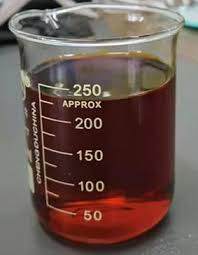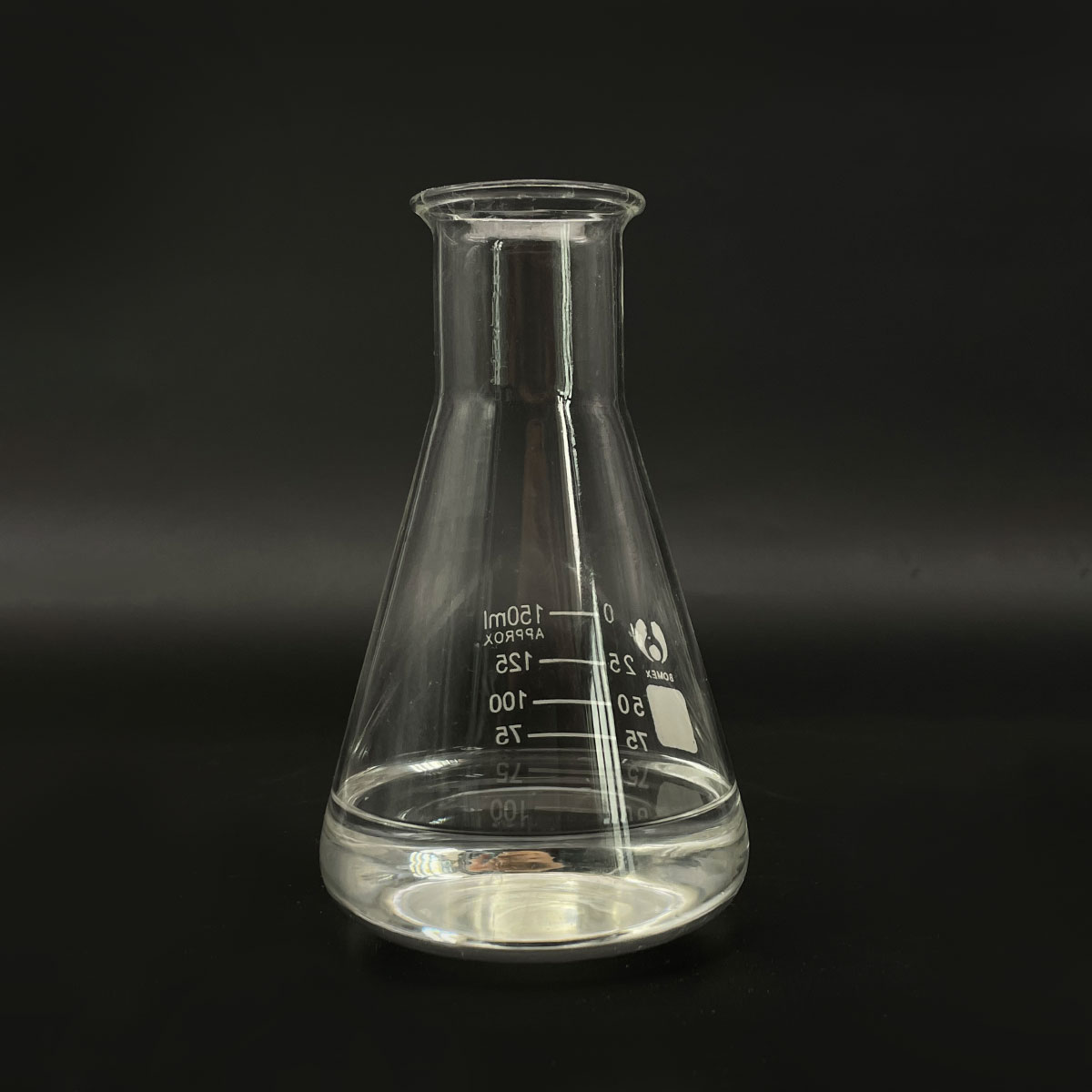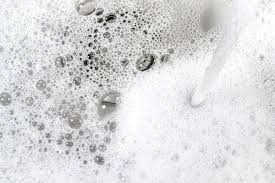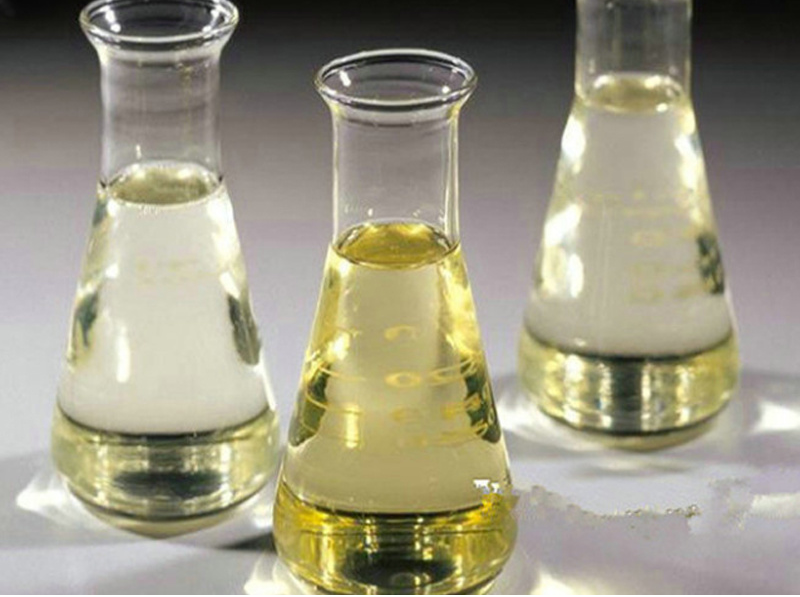**Triclopyr 4 & Surfactant: Your Secret Weapon Against Tough Weeds**
(How To Mix Triclopyr 4 With Surfactant)
Weeds. They sneak in, take over, and ruin the look of your lawn or garden. Some weeds laugh at regular weed killers. Woody vines, stubborn brush, poison ivy, those annoying brambles – they need something stronger. That’s where Triclopyr 4 comes in. It’s a powerful herbicide made for tough customers. But to make it work its absolute best, you need a partner: surfactant. Mixing them right is key. This guide tells you exactly how to turn Triclopyr 4 and surfactant into your ultimate weed-fighting team.
**1. What is Triclopyr 4?**
Think of Triclopyr 4 as a specialist. It’s not your everyday lawn weed spray. It targets broadleaf weeds and woody plants that other herbicides miss. The “4” often means it’s a concentrated liquid, usually containing 4 pounds of active ingredient per gallon. You find it sold under names like Garlon 4, Remedy Ultra, or generic Triclopyr 4. This stuff works by mimicking a plant growth hormone. Sounds good, right? Wrong. It tricks the plant into growing uncontrollably. This rapid, distorted growth exhausts the plant’s energy. It kills the plant down to the roots. This makes Triclopyr 4 perfect for tackling deep-rooted nuisances like poison ivy, blackberry bushes, kudzu, tree saplings, and other brushy invaders. It’s a heavy hitter for specific problems.
**2. Why Add Surfactant?**
Triclopyr 4 is potent. But it faces a challenge. Many tough weeds have natural defenses. Waxy leaves, hairy surfaces, or a thick cuticle. These act like a raincoat. They repel water-based sprays. The herbicide just beads up and rolls off. It doesn’t stick. It doesn’t get absorbed. Much of your spray goes to waste. This is where surfactant saves the day. Surfactant is short for “surface active agent.” It breaks the surface tension of water. Imagine it making the spray solution “wetter.” Instead of beading, the spray spreads out evenly over the leaf. It sticks. It clings. This gives Triclopyr 4 the time it needs to penetrate the plant’s defenses. Without surfactant, Triclopyr 4 might not work well. You waste product and effort. With surfactant, you get maximum coverage and absorption. You get better kill rates. You use less herbicide overall. It’s a smart addition.
**3. How to Mix Them Correctly**
Mixing Triclopyr 4 and surfactant is simple. Doing it right matters. Safety first. Always wear protective gear: long sleeves, long pants, chemical-resistant gloves, eye protection. Mix outdoors or in a very well-ventilated area. Never eat, drink, or smoke while handling chemicals. Now, the mixing steps:
* **Read the Labels:** This is non-negotiable. Find the specific instructions on *both* your Triclopyr 4 container and your surfactant bottle. They tell you the exact amounts needed for your target weeds and spray volume. Labels are law.
* **Prepare Your Sprayer:** Use a clean, dedicated sprayer. Never use one previously used for insecticides or fertilizers. Fill the spray tank about half full with clean water. Plain water is best.
* **Add Triclopyr 4:** Measure the precise amount of Triclopyr 4 concentrate recommended by its label. Pour it slowly into the water in the tank. Avoid splashing. Stir gently if needed.
* **Add Surfactant:** Measure the correct amount of surfactant as specified by *its* label. Pour it into the tank with the water and Triclopyr 4.
* **Top Off & Mix:** Fill the spray tank the rest of the way with clean water. Put the lid on securely. Shake the tank gently or agitate it well. This ensures everything mixes thoroughly. Your solution is ready. Spray it soon after mixing.
**4. Where to Use This Mix**
The Triclopyr 4 + surfactant mix is powerful. Use it wisely. It’s excellent for controlling:
* **Brush & Woody Plants:** Target saplings, tree stumps (cut surface), blackberry, raspberry, multiflora rose, kudzu, locust, willow, and other tough brush.
* **Vining Menaces:** Knock out poison ivy, poison oak, wild grape, and bittersweet. Spraying the leaves works.
* **Stubborn Broadleaf Weeds:** Control hard-to-kill weeds like Canada thistle, field bindweed (morning glory), and clover, especially in non-lawn areas.
* **Stump Treatment:** Apply directly to the freshly cut surface of stumps to prevent regrowth.
* **Pasture & Non-Crop Areas:** Useful for managing weeds in fence lines, roadsides, and industrial sites.
**Important Note:** Triclopyr 4 kills broadleaf plants. It can harm or kill desirable trees, shrubs, flowers, and vegetables through spray drift or root uptake. Never spray it on lawns unless it’s a turf-safe formulation (like Triclopyr triethylamine salt). Be extremely careful near gardens, flower beds, and ornamental plants. Avoid spraying on windy days. Use shield sprayers if needed. Know what’s downwind.
**5. FAQs About Mixing & Using**
**Q1: How much surfactant do I add?**
A: Always check the surfactant label first. A common starting point is 1-2 teaspoons of surfactant per gallon of final spray solution. But it varies. The label tells you the right amount.
**Q2: Can I use dish soap instead of surfactant?**
A: Dish soap *might* work a little. It’s not ideal. Real surfactants are designed for herbicides. They work better and are less likely to damage plants or clog your sprayer. Use a proper non-ionic surfactant.
**Q3: How long does the mix last after I make it?**
A: Use the mixed solution the same day you make it. Don’t store it overnight. The mixture can break down. Effectiveness decreases. Mix only what you need.
**Q4: How soon after spraying can it rain?**
A: Triclopyr 4 needs time to absorb. Check the specific product label. Generally, you need 4 to 6 hours of dry weather after spraying for best results. Rain too soon washes it off.
**Q5: Is it safe for pets?**
(How To Mix Triclopyr 4 With Surfactant)
A: Keep pets off treated areas until the spray is completely dry. Follow the label’s re-entry instructions. Store all chemicals securely out of reach of pets and children.
Inquiry us
if you want to want to know more, please feel free to contact us. (nanotrun@yahoo.com)




